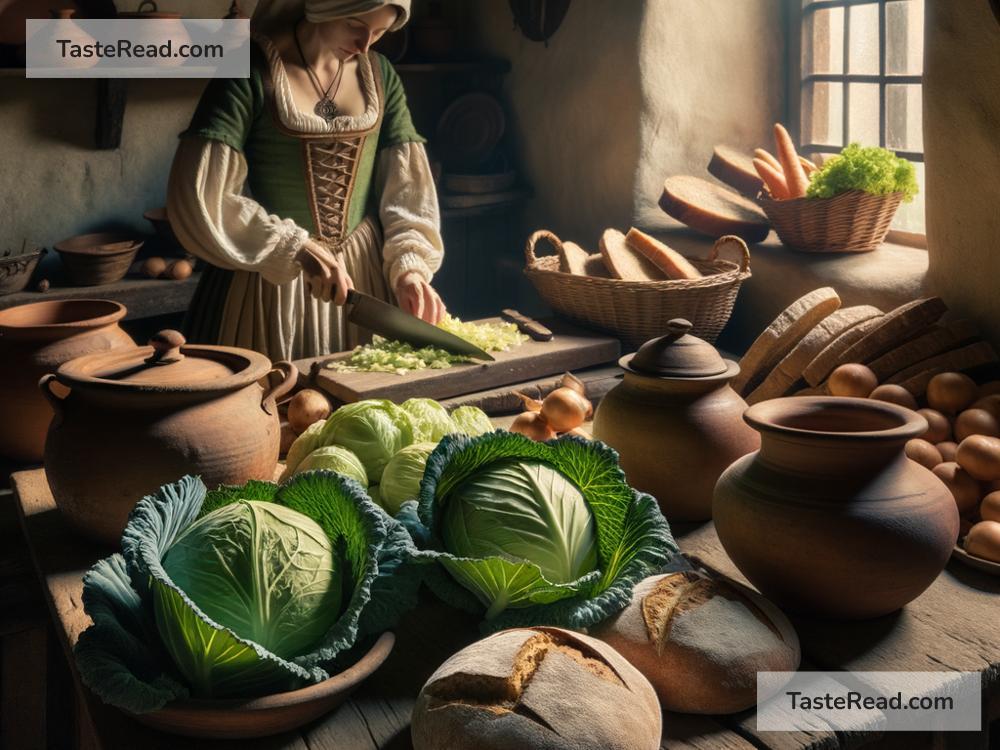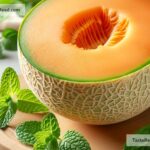Why Cabbage Was a Staple in Medieval Diets
In the medieval world, people ate simple foods made from ingredients they could grow or raise themselves. One food that was highly popular and widely used during this time was cabbage. Cabbage, though humble by today’s standards, was a vital part of the medieval diet for several reasons ranging from its easy cultivation to its nutritional value. Let’s dive into why cabbage played such an important role in feeding people in the Middle Ages.
Cabbage Was Easy to Grow
One of the biggest reasons cabbage was a staple food in medieval diets is that it was very easy to grow. Farming in medieval times relied heavily on hardy crops that could survive different weather conditions. Cabbage fit that description perfectly. It thrived in Europe’s uneven climate, growing well in both warm summers and colder months. This made cabbage an ideal crop for farmers to plant and harvest without worrying too much about crop failure.
Additionally, cabbage didn’t require fancy tools or a lot of labor to grow. Medieval farmers simply needed a small patch of land, some seeds, and basic farming techniques to produce a good crop. This simplicity made cabbage accessible even to poor families.
Cabbage Was Affordable
Money was tight for most people in medieval times, especially peasants who lived in rural areas and worked the land. They couldn’t afford exotic ingredients or expensive foods. Cabbage was the perfect solution because it was cheap to cultivate and widely available. Even small-scale farmers could produce enough cabbage to feed their families, and extra cabbage could be traded or sold in local markets.
In addition to being inexpensive, cabbage was a versatile food. Its affordability meant it could be cooked in many ways, making meals feel less monotonous. For instance, people boiled cabbage in stews, fried it with other vegetables, or preserved it to eat later.
Cabbage Was Nutritious
Despite its simplicity, cabbage provided a lot of nutrition for medieval people who often lacked access to balanced diets. Fresh cabbage was packed with vitamins like C and K, as well as minerals like potassium and calcium. These nutrients helped maintain basic health and prevent illnesses, particularly during harsh winters when food options were limited.
During long winters or famine years, cabbage was a lifeline because it could be stored for months or preserved as sauerkraut (fermented cabbage). Sauerkraut was especially important because it kept people’s vitamin C levels up, reducing the risk of diseases like scurvy. For medieval families, cabbage wasn’t just cheap—it was a source of survival.
Cabbage Was Versatile in Cooking
Medieval cooking wasn’t as varied or extravagant as cooking today. Common people didn’t have access to spices or ingredients from distant lands, so they relied on basic foods that could be prepared in different ways. Cabbage fit into this type of diet perfectly. Its adaptability allowed cooks to experiment and create filling meals with whatever else was available.
One popular way of preparing cabbage in medieval times was boiling it in stews and soups. Meat was rare for peasants, so soups often paired cabbage with other vegetables like leeks, carrots, and onions. Wealthier households also added meat, such as salted pork or beef, for a heartier dish. Cabbage could be fried, roasted, or even eaten raw, though boiling was the most common method because it made the vegetable softer and easier to digest.
Cabbage Could Be Preserved
Another reason cabbage was a staple in medieval diets is that it could be preserved for long stretches of time. For most people, winter was a difficult season because fresh crops wouldn’t grow, and food supplies often ran low. Preservation techniques like pickling and fermenting were essential to make food last until the next growing season.
Cabbage was ideal for fermentation, which turned it into sauerkraut. Sauerkraut wasn’t just a tasty addition to meals—it was a lifesaver. It provided essential nutrition, especially Vitamin C, during harsh winters when fresh fruits and vegetables weren’t available. The fermentation process also improved its storage life, allowing families to rely on cabbage long after it was harvested.
Symbol of Everyday Life
While cabbage was never seen as a luxury food in medieval times, it became a symbol of everyday survival. It was affordable, accessible, and practical for farmers to grow and families to eat. Medieval life was tough, and people worked hard to put food on the table. Cabbage’s ability to thrive despite challenges made it a trusted ally for peasants, monks, and even some nobles.
In fact, cabbage was so important that it showed up in art and literature from the period. Recipes involving cabbage were passed down, ensuring that this humble vegetable remained an integral part of European cuisine for centuries to come.
Conclusion
Cabbage was a staple in medieval diets because it was easy to grow, affordable, nutritious, versatile in cooking, and capable of being preserved over time. For the people of the Middle Ages, cabbage wasn’t just food—it was a lifeline that carried them through seasons of scarcity and hardship. Today, cabbage might not seem special, but its role in medieval history reminds us how simple foods can shape human survival. So the next time you eat cabbage, think about the medieval farmers and families who depended on this humble vegetable to make it through their days.


